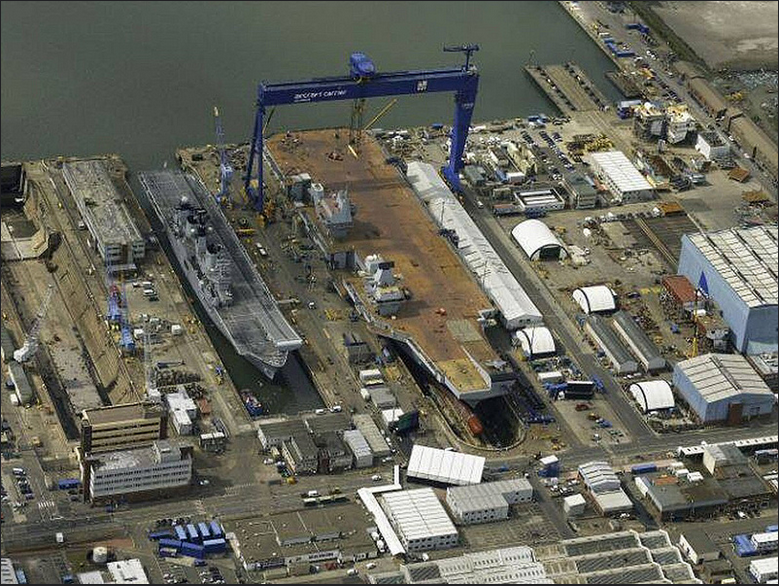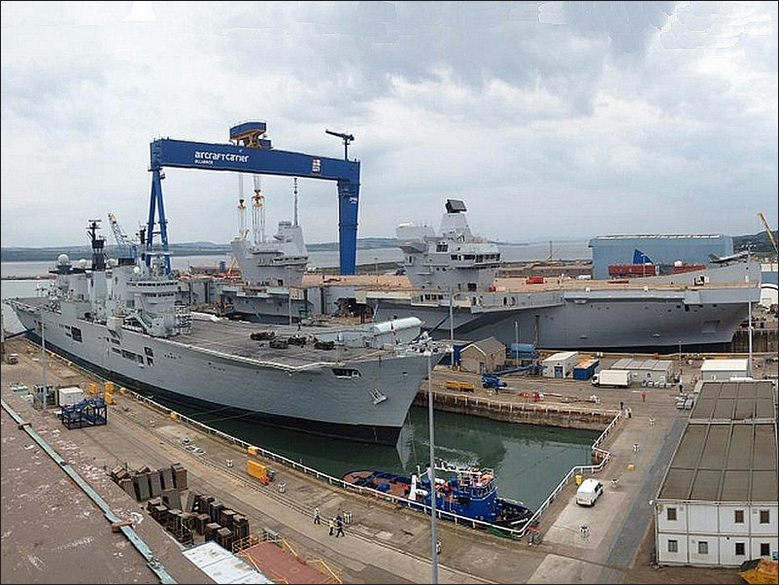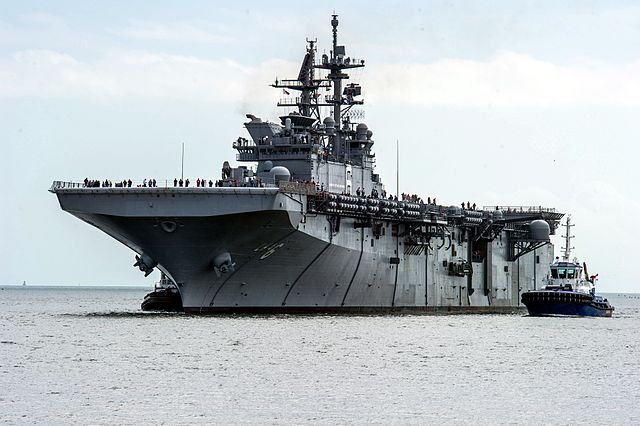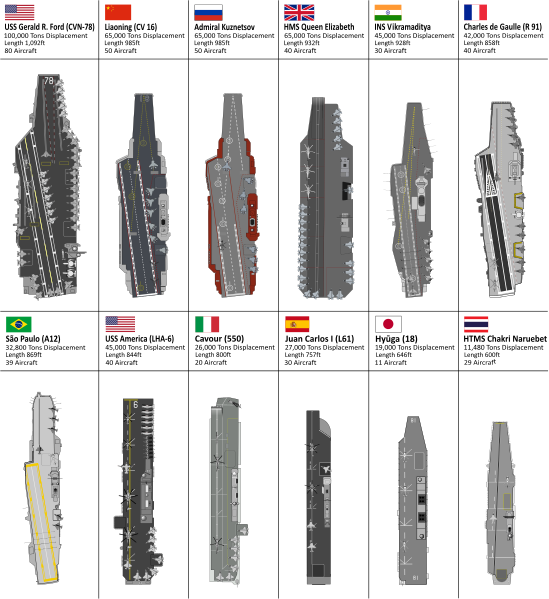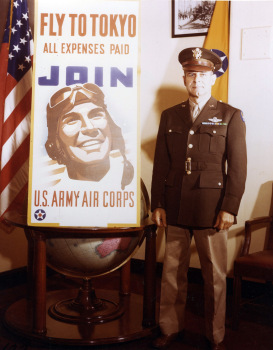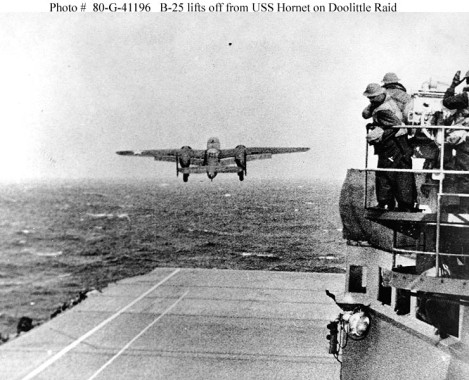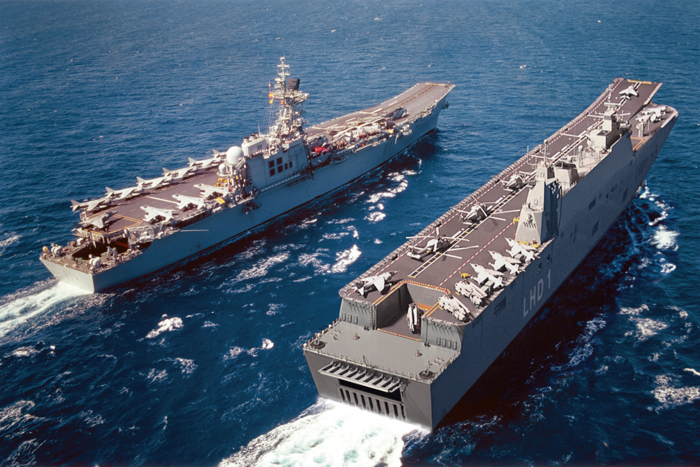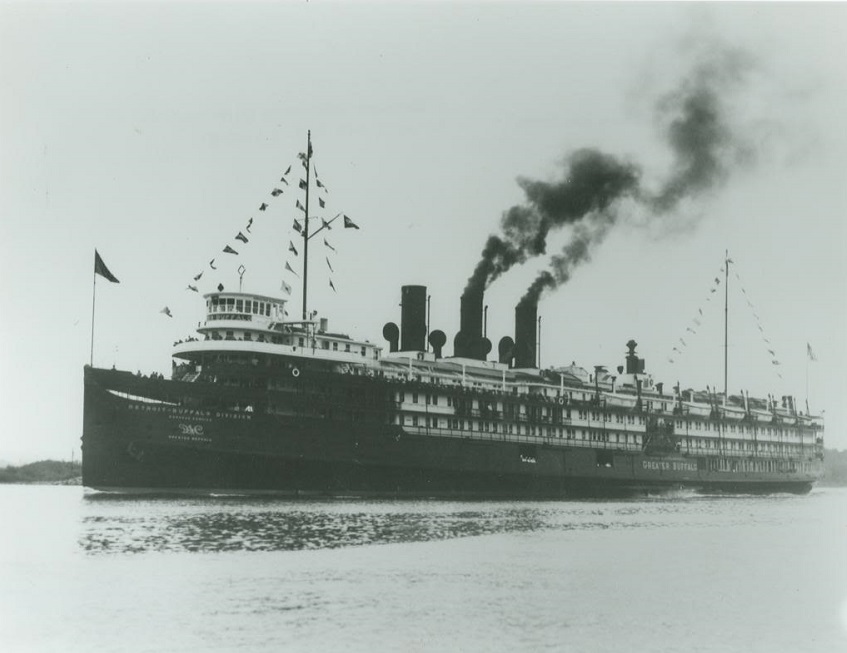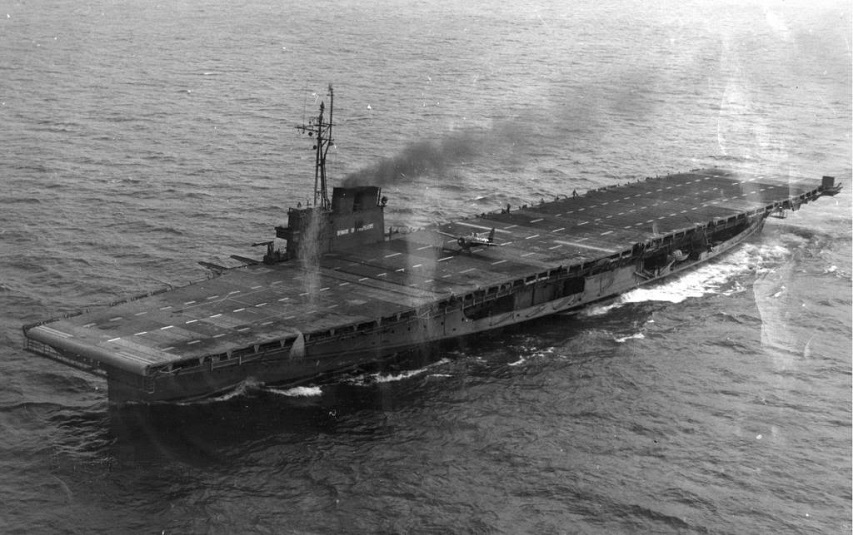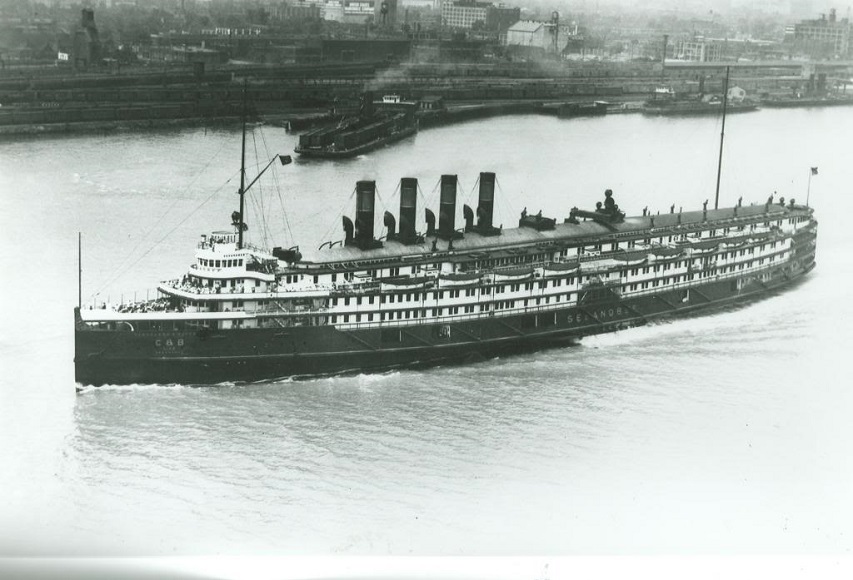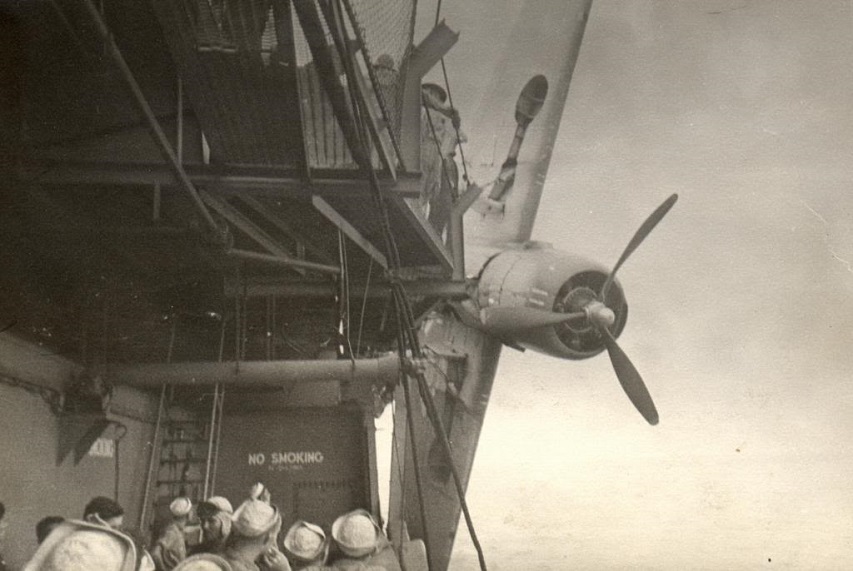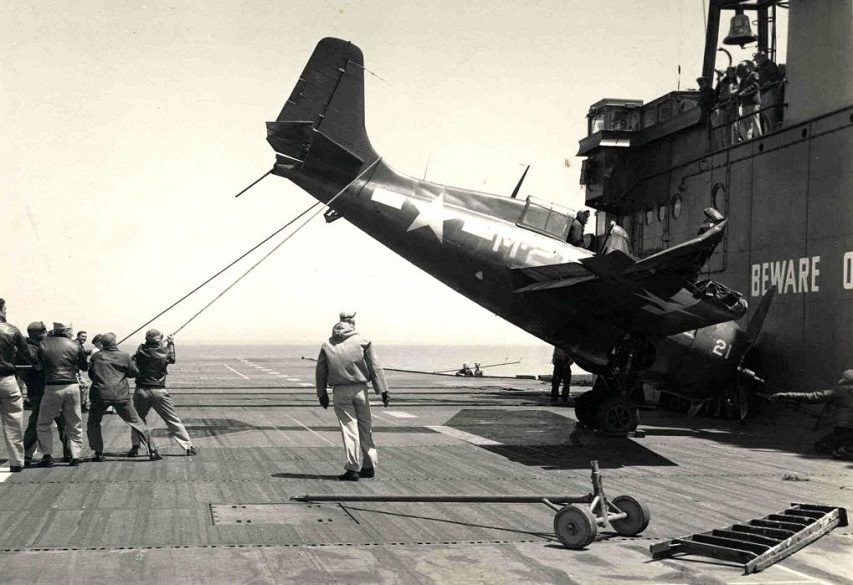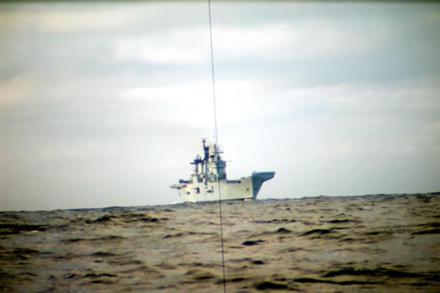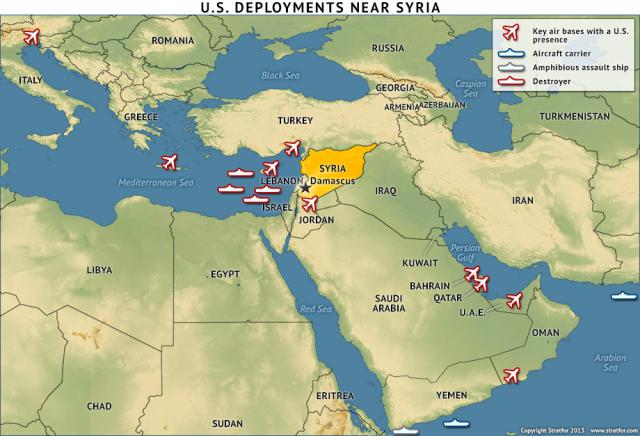A break with tradition, as the ship was christened with a bottle of Bowmore whisky, rather than a bottle of champagne:
HMS Queen Elizabeth is pictured in Rosyth Dockyard where Queen Elizabeth II will formally name the Royal Navy’s biggest ever ship on July 4, 2014 in Fife, Scotland. With whisky replacing the more traditional champagne at the ceremony, Queen Elizabeth II will smash a bottle of Islay malt whisky against HMS Queen Elizabeth at the event at Rosyth Dockyard, where the 65,000-tonne aircraft carrier has been assembled and fitted out. (Photo by Andrew Milligan – WPA Pool /Getty Images)
A bottle of whisky was smashed on the hull of the 65,000-tonne HMS Queen Elizabeth — the first of two new Royal Navy aircraft carriers being built.
The Red Arrows flew over the dockyard before the ship was officially named.
First Sea Lord Admiral George Zambellas said the ship was “fit for a Queen”.
“HMS Queen Elizabeth will be a national instrument of power and a national symbol of authority,” he said in a speech.
“That means she will be a national icon too, all the while keeping the great in Great Britain and the royal in Royal Navy.”
Addressing the audience, the Queen said the “innovative and first class” warship, the largest ever to be built in the UK, ushered in an “exciting new era”.
“In sponsoring this new aircraft carrier, I believe the Queen Elizabeth will be a source of inspiration and pride for us all,” she said.
“May God bless her and all who sail in her.”
And even the bloody BBC gets it wrong: the ship is named for Queen Elizabeth I, not the current monarch … when the Royal Navy names a ship for a monarch, like the battleship HMS King George V for example, it indicates which King George is being memorialized. HMS Queen Elizabeth is the third time the Royal Navy has named a ship for the Virgin Queen: the first being the lead ship of a class of super-dreadnoughts launched just before the outbreak of WW1, and the second being the lead ship of a class of never-built aircraft carriers in the 1960s (no, I don’t know why that counts: ask the RN about that).
Update 17 July: A few photos from Jeff Head’s Flickr stream show the contrast between the soon-to-be-retired HMS Illustrious and the soon-to-be-launched HMS Queen Elizabeth:

